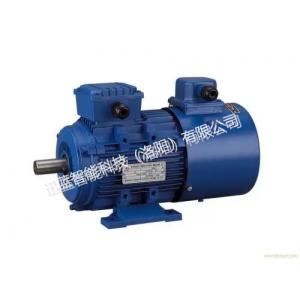PMSM Motor Permanent - Magnet Synchronous Motor For Electric Vehicles
Add to Cart
PMSM Motor Permanent-Magnet Synchronous Motor for Electric Vehicles
Introduction
In AC asynchronous motor, the formation of rotor magnetic field
should be divided into two steps: the first step is that the stator
rotating magnetic field first induces current in the rotor winding;
The second step is to induce current to generate rotor magnetic
field. Under the action of Lenz's law, the rotor rotates with the
rotating magnetic field of the stator, but it "can never catch up",
so it is called asynchronous motor. If the current in the rotor
winding is not induced by the stator rotating magnetic field, but
generated by itself, the rotor magnetic field is independent of the
stator rotating magnetic field, and its magnetic pole direction is
fixed, then according to the principle of same-sex repulsion and
opposite-sex attraction, the stator rotating magnetic field will
pull the rotor to rotate, and make the rotor magnetic field and the
rotor rotate "synchronously" with the stator rotating magnetic
field. This is the working principle of synchronous motor.
According to the different generation modes of rotor self generated
magnetic field, synchronous motors can be divided into two types:
First, connect the rotor winding with external direct current
(excitation current), and then generate the rotor magnetic field by
the excitation current, so as to make the rotor rotate
synchronously with the stator magnetic field. This kind of
synchronous motor with rotor magnetic field generated by excitation
current is called excitation synchronous motor.
Second, permanent magnets are simply embedded in the rotor to
directly generate a magnetic field, eliminating the link of
excitation current or induced current. This kind of synchronous
motor with rotor magnetic field generated by permanent magnet is
called permanent magnet synchronous motor.
Product drawing




